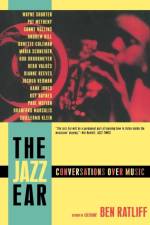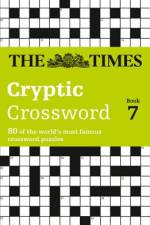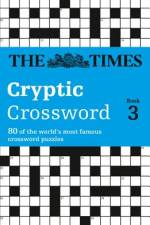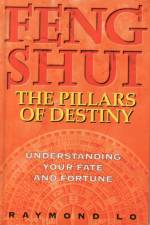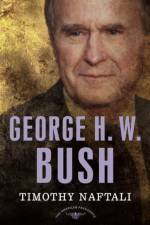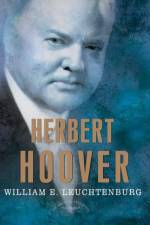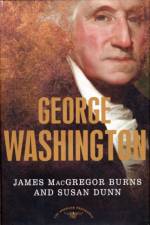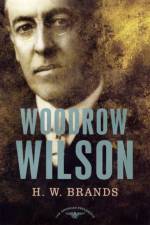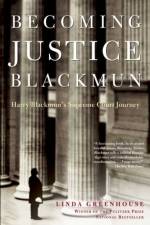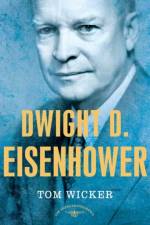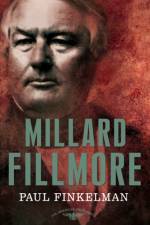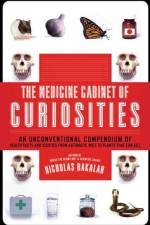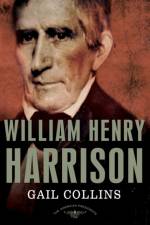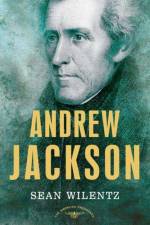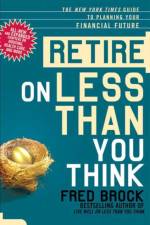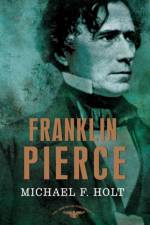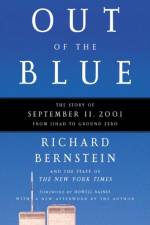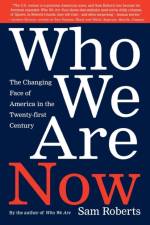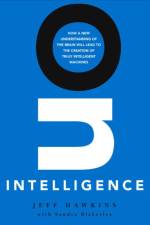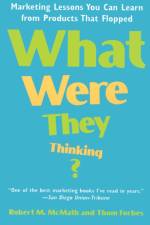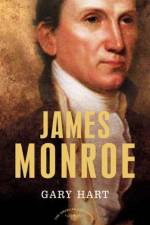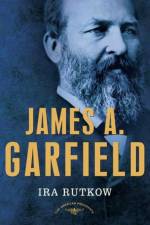- A Powerful, Practical Program for Parents of Children and Adolescents
av Tamar E. Chansky
211
If you''re a parent of one of the more than one million children in this country with obsessive-compulsive disorder, you know how confusing, even frightening, the symptoms of OCD can be. You''re terrified of losing your child and angry about the havoc this disorder has wreaked in your family. More than anything, you want to be able to unlock the secrets of OCD, understand the cause of your child''s bizarre symptoms, and help your child break free of these disruptive, relentless thoughts and actions. In her landmark book, Freeing Your Child from Obsessive-Compulsive Disorder, Dr. Tamar E. Chansky creates a clear road map to understanding and overcoming OCD based on her successful practice treating hundreds of children and teenagers with this disorder. In Part I, Dr. Chansky "cracks the code" of the peculiar rules and customs of OCD -- the handwashing, tapping, counting, and so forth. She explains how OCD is diagnosed, how to find the right therapist partner, and how to tailor treatment options to your child''s needs. You''ll learn how powerful behavioral modification can be and when medication can help. In Part II, you''ll learn how not to be pulled in by your child''s debilitating rituals at home or at school, how to talk to your child about the "brain tricks" OCD causes, and how to create an effective OCD battle plan that will empower your child to "boss back" the OCD monster. You''ll also learn how to cope in moments of crisis.Part III offers specific advice for how to help your child handle the most common manifestations of OCD such as fears of contamination, checking, getting things "just right," intrusive thoughts, and more. Part IV is an indispensable guide to additional resources, including books, videos, organizations, and websites.Filled with Dr. Chansky''s compassionate advice and inspiring words from the many children with OCD whom she has helped, this book will be your lifeline. Battling back from OCD is hard work, but with the comprehensive, proven guidance in this book, you can help your child reclaim a life free from its grip.

